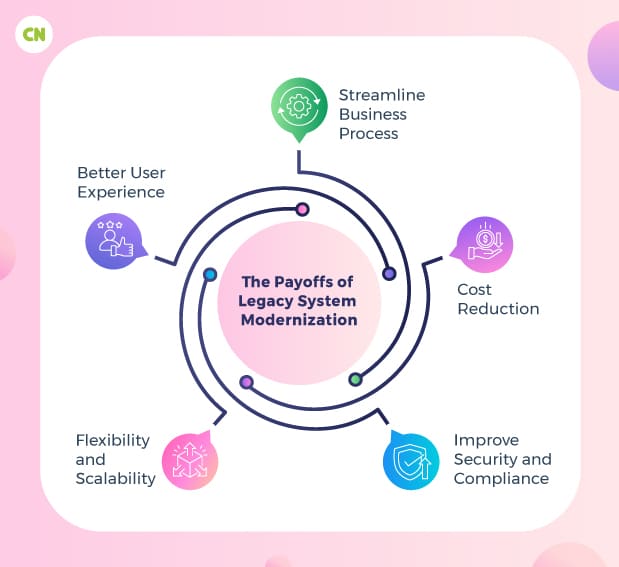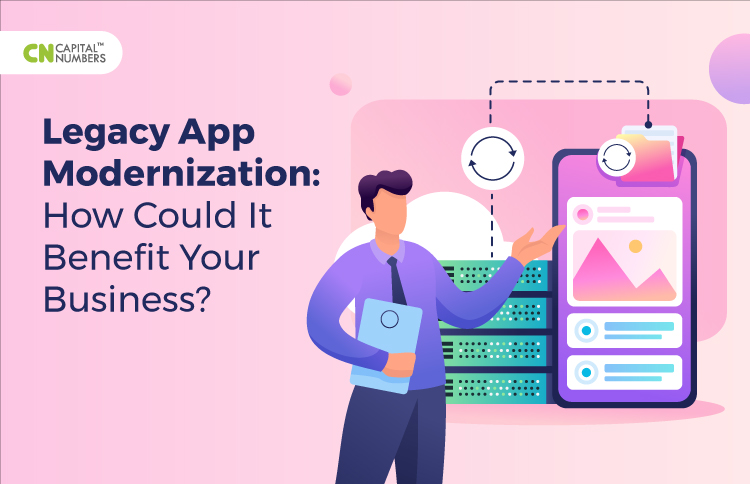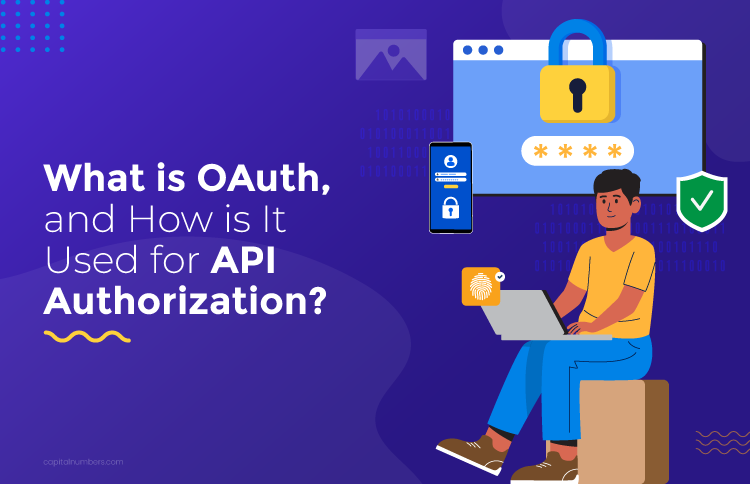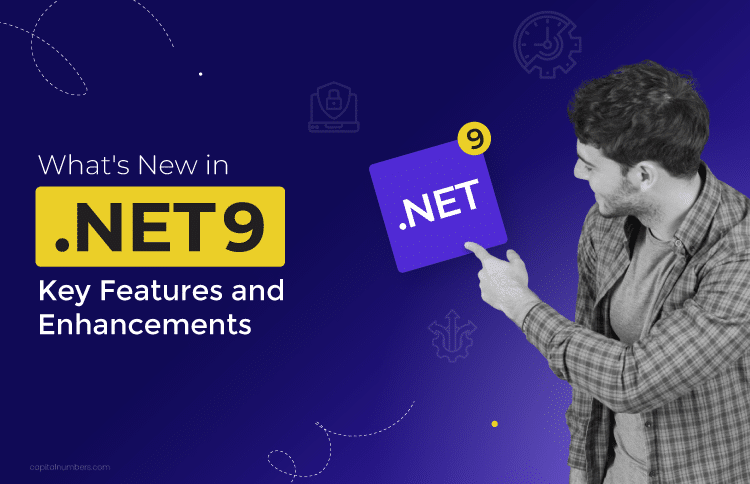Legacy App Modernization: How Could It Benefit Your Business?
Table of Contents
In the fast-paced world of technology, businesses must adapt and evolve to stay competitive. One of the key challenges many organizations face today is dealing with legacy applications. These aging systems, often built on outdated technologies, can restrict progress, increase maintenance costs, and pose security risks. However, modernizing legacy applications can bring many benefits in the long run.
Eager to know these before opting for a company offering legacy software modernization services? Don’t worry. Here, we will explore the benefits of legacy app modernization, the risks associated with it, the strategies that need to be followed, and more. Let’s dive in.
The Payoffs of Legacy System Modernization
1. Streamline Business Process
One of the chief reasons for modernizing legacy applications is to improve business processes. Such apps often cause unexpected issues that affect the entire process drastically. The lagging performance of the app can irritate your customers, and as a result, you can lose them. Besides, your employees may be frustrated by working with outdated applications. Also, you may need to pay more for manual tasks that modern apps can easily automate. Modernizing your application using the latest technologies can reduce downtime risks, optimize processes, automate tasks, and improve overall productivity.
2. Cost reduction
Legacy applications are often difficult to work with. New users may not know how to operate them, and for this, you need to invest time and money in training them. Besides, if you are hosting your business software on-premises, it is likely outdated. Maintaining these systems can be costly due to the administrative expenses involved. Also, you need to invest in support and maintenance to keep the app running. Modernization can significantly reduce operational costs and free up resources for innovation.
3. Improve security and compliance
While legacy systems are not necessarily insecure, there is a likelihood that vendors can stop providing support after a certain period. It means that updates, patches, and new modules are no longer available. As a result, the system would be vulnerable to security threats and other issues. Also, they may not have been designed by keeping modern security features in mind. They would be open to attacks, and you may find it difficult to detect them. Moreover, these applications may not have the required features and controls to ensure compliance with current laws and regulations. Modernizing applications can strengthen security and ensure regulatory compliance.

4. Flexibility and scalability
If you plan to scale up your business, create a partnership, or merge, you can’t proceed with an outdated system. It can create challenges and affect success. Also, as it lacks the flexibility to accommodate the changes, you may be forced to change your business to fit your software, which can hinder growth. Besides, older technologies were not designed to handle the massive data that modern businesses generate. So, these applications can have issues processing and analyzing data timely and accurately. Modernized applications are more flexible, making it easier to incorporate new features and technologies to improve productivity and efficiency.
5. Better user experience
The outdated user interface of the legacy system makes it difficult to use. Unintuitive interfaces can increase the probability of user errors, negatively affecting your company. Besides, these programs are not designed to meet modern business needs, causing slow operational speeds and inefficient workflows. It drastically affects user experience. When you continue to use legacy software, your users will experience frequent lags, glitches, and crashes. Modernization can result in more user-friendly interfaces and improved customer satisfaction.
Challenges in Modernizing Legacy Applications
Legacy system modernization challenges are a common problem for companies looking to update their aging software infrastructure. These challenges encompass various aspects, including technical, operational, and organizational issues. Let’s discuss them in detail :
- Outdated Technology Stack: Legacy apps often use obsolete technologies that are hard to integrate with modern systems.
- Data Migration: Transferring large volumes of data can be complex and risky.
- Legacy Codebase: Legacy apps have extensive codebases, making refactoring challenging.
- Budget Constraints: Modernization can be expensive, and securing budgetary approval is often difficult.
- Legacy Dependencies: Legacy apps may rely on deprecated third-party components or libraries.
- Compatibility Issues: Ensuring compatibility with new hardware and software can be difficult.
- Security Concerns: Older applications may have vulnerabilities that must be addressed during modernization.
- Resistance to Change: Employees may refrain from learning new technologies and processes.
- Downtime Risk: Modernization can lead to system downtime, impacting business operations.
- Lack of Documentation: Legacy apps often lack comprehensive documentation, complicating the modernization process.
Combating the challenges effectively ensures a seamless transition from legacy systems to modern and efficient solutions.
Strategies to Follow to Modernize Your Legacy App
If you’re considering legacy app modernization but wondering how to proceed, follow these strategies.
Analyze legacy systems
You should evaluate your existing legacy system to find out the reasons for modernizing it. Generally, there are six factors to keep in mind when checking legacy applications for modernizing, which fall into two categories: business and IT drivers.
- Business-related drivers: business fit, value, and agility.
- IT-related drivers: IT cost, application and implementation complexity, and risk.
If your legacy application fails to meet the business needs of today’s competitive landscape, it should be modernized. Equally, if the app is driving up the total cost of ownership or introducing undue risk, it’s time to update. Overall, the more drivers present, the greater the benefit of modernizing legacy applications.
Define the problem(s)
Your legacy system doesn’t match present-day organizational or IT needs – but it is not enough. You need to refine the problems further. What is causing friction for users (customers or employees)? You should target specific user stories.
However, it is not enough. It’s also important to understand what works well in legacy software. This understanding of what works – and what doesn’t – can help you determine the modernization approach.
Evaluate the modernization approach
Before working on any changes, you should know the options to make the right digital strategy choices.
Here are seven modernization strategies to consider when building and modernizing your IT roadmap:
- Retain: Retain the application’s data and use APIs to make it available in other applications.
- Rehost: ‘Lift and shift’ application components and redeploy them to the cloud, hybrid cloud, or other physical infrastructure.
- Replatform: Move the existing code to a new platform to reshape it but retain the current code structure, features, and functions.
- Refactor: Remove technical debt and outdated features and maintain your current legacy application.
- Rearchitect: Make significant changes to the code to shift it to a new architecture with more excellent capabilities.
- Rebuild: Redesign or rewrite the application from scratch, but without changing the specifications.
- Replace: Replace existing legacy systems entirely.
Choose the app modernization approach
Besides the mentioned ones, you can evaluate the options regarding architecture, workload, risk associated, cost, security, and operations. The weight of these depends on their priority to each company. You should also consider the relative importance of features, including scalability and agility when evaluating each option.
Get ready for future growth and changes
Generally, legacy software is monolithic in design and often locks organizations into hard-to-update applications. But today’s digital landscape needs greater agility to roll out new features. The right modernization approach is about choosing excellent flexibility to adapt to change. After modernization, your application should meet your business objectives and ensure growth.
Choose the right modernization partner
Has your internal team the required skills to modernize a legacy app? If not, you can look for a credible company offering software modernization services. Such a company will consider your needs and offer you the required solutions.
Observe and optimize
Once a project starts, it is crucial to test it repeatedly and optimize the application’s modifications to ensure there is no flaw in the hosting, software licensing, or connectivity to other services or databases during the transition. It helps you guarantee that the application adapts to changing demands.
Final Thoughts
Modernizing legacy applications is not merely an option; it’s a strategic necessity for companies aiming to thrive in today’s dynamic digital landscape. The modernization process may seem a daunting task, but the rewards far outweigh the challenges. Along with addressing the current pain points, it sets your company up for future success. By enhancing efficiency, reducing costs, and improving your ability to adapt to change, modernization paves the way for a more competitive future.
So, if your legacy application is holding you back, start your modernization journey by opting for a credible software development agency like Capital Numbers. Equipped with a robust team of proficient professionals, we offer design, development, testing, and quality assurance services. Besides, our team carries expertise in legacy software modernization. Eager to get our services? Call us today!















